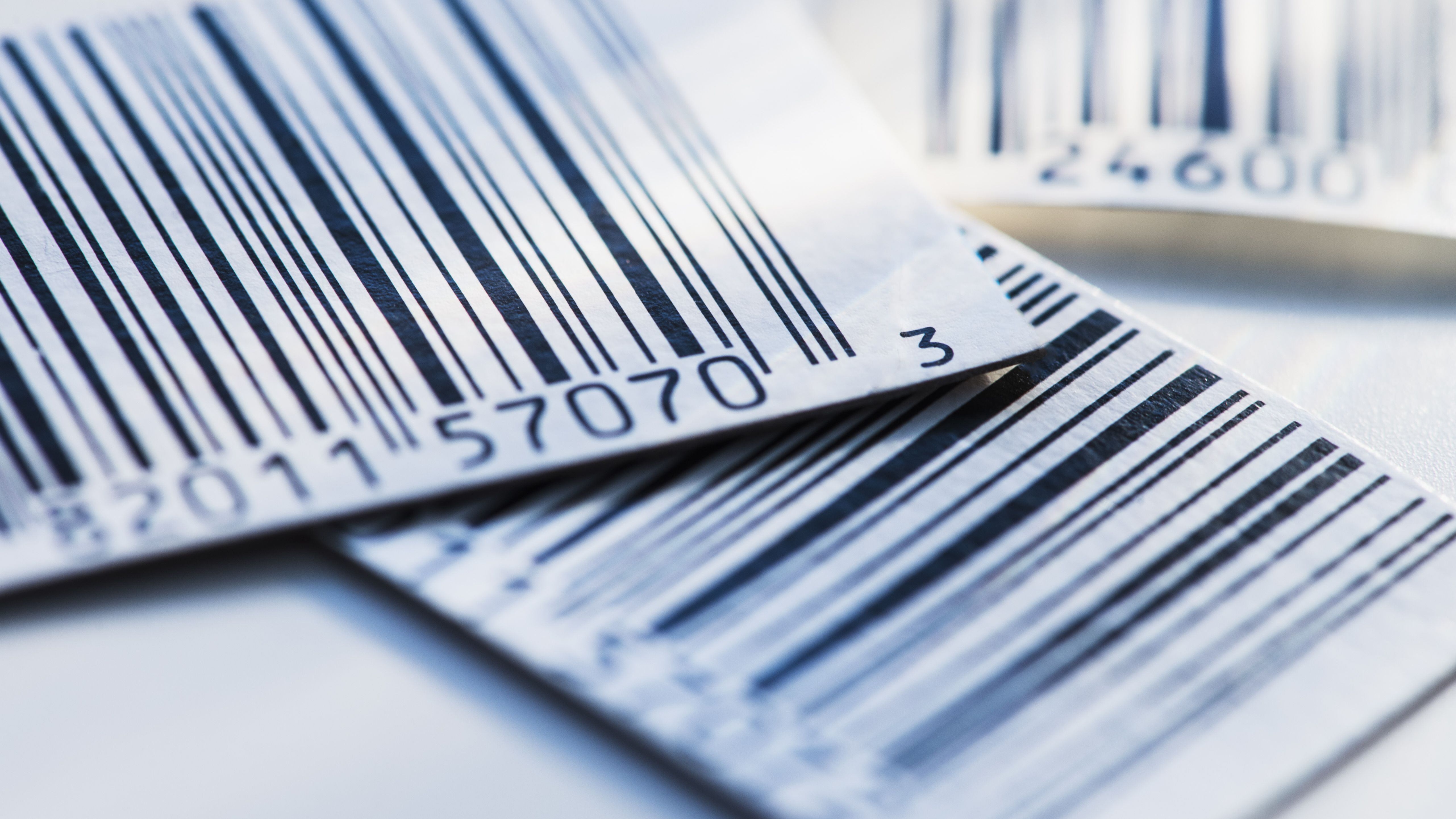What is Barcode?
A barcode is a square image consists of a set of parallel black lines and different size white gaps. The date of manufacture, expiration date, country of origin, and pricing quantity of the product are all stored in barcodes.
Human mistake is eliminated when barcodes are used. Error rates for manually input data are much higher than those using barcodes. A barcode scan is quick and accurate, and it takes far less time than manually entering data. Barcodes are an extremely versatile thing that takes all necessary data of the product.
EAN
European Article Number (EAN) Barcodes: The European Article Number, is a set of data that is allocated to each item separately. Each product will have its article number, which is unique and cannot be duplicated anywhere in the world. An EAN can be constructed using this article number. Because the goods can be readily identified in seconds, this saves a lot of time in the warehouse and sales department.
An EAN code has 13 digits – or 8 digits if the goods is small – and is used to identify it. The 13 digits are made up of a country code, a company code, and an article number. The EAN code is a readable bar code that represents the global article number (GTIN). You must first generate a worldwide article number before you can establish a barcode. You can build a barcode for this article number with the help of this global article number. If you want to create EAN for your business then you can contact EAN barcode India.
UPC
Universal product code (UPC) barcode: Universal product code, is a form of code that is written on retail packaging to help target a single item. The machine-readable barcode, which is a series of unique black lines, and the unique 12-digit number below it are the two parts.
When an item is scanned at checkout, UPCs make it easy to identify product details such as the brand name, item, size, and color. That is why they were invented in the first place: to make grocery store checkout lines shorter. UPCs can also be used to keep track of inventories in a store or warehouse.
Businesses and consumers benefit from UPCs in a variety of ways. UPCs boost speed since they allow barcode scanners to instantly identify goods and its related price. By reducing the need to manually enter information about the product, they increase efficiency and production. They also allow for considerably more accurate inventory tracking than manual counting, allowing retailers and warehouses to know when extra merchandise is required on store shelves or in warehouses.
UPCs allow products to be followed from manufacturing to delivery to retail stores and even into consumers’ homes when there is a problem with a product and people who purchased it need to be notified of a recall issued.
Difference between UPC and EAN:-
In the United States, UPCs are the most widely used bar codes. Internationally, EANs (European Article Numbers) are utilized. Most places now accept both UPC and EAN numbers for product identification, while an EAN code may be preferable if you want to sell your products outside of the United States.
If you want to efficient the work of your business you should create UPC barcode for business.
